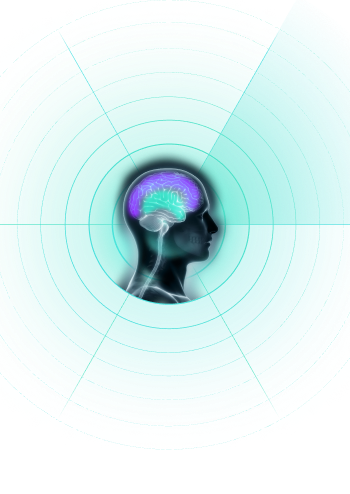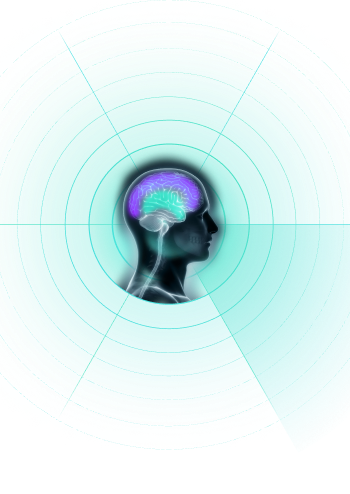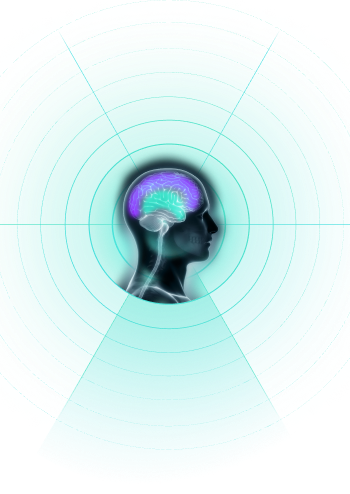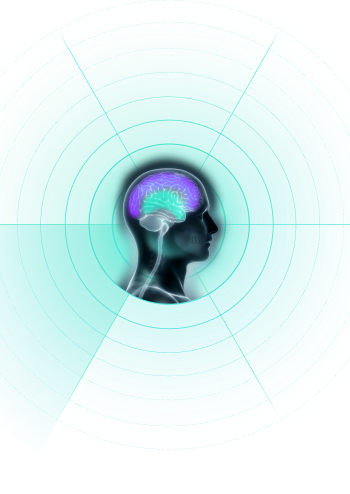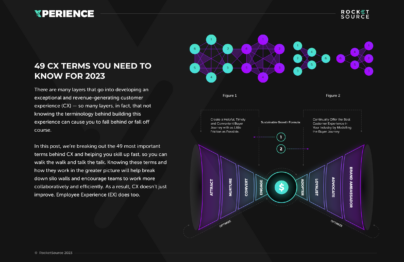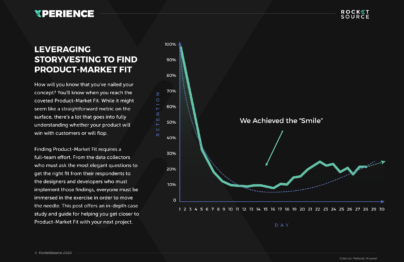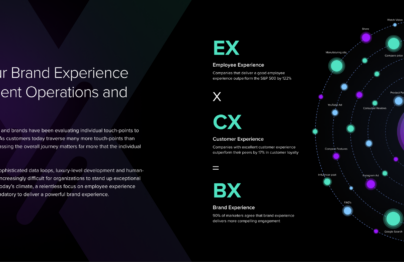Customer Experience (CX) is the sum of all the individual experiences a customer has with your brand, product or company over time. It starts with a customer reconciling past experiences alongside present day needs before deciding to move forward with an organization. Understanding the various stages of consumer’s behavioral patterns will equip you to deliver a powerful experience that will increase brand recall rate and move your business further towards brand euphoria.
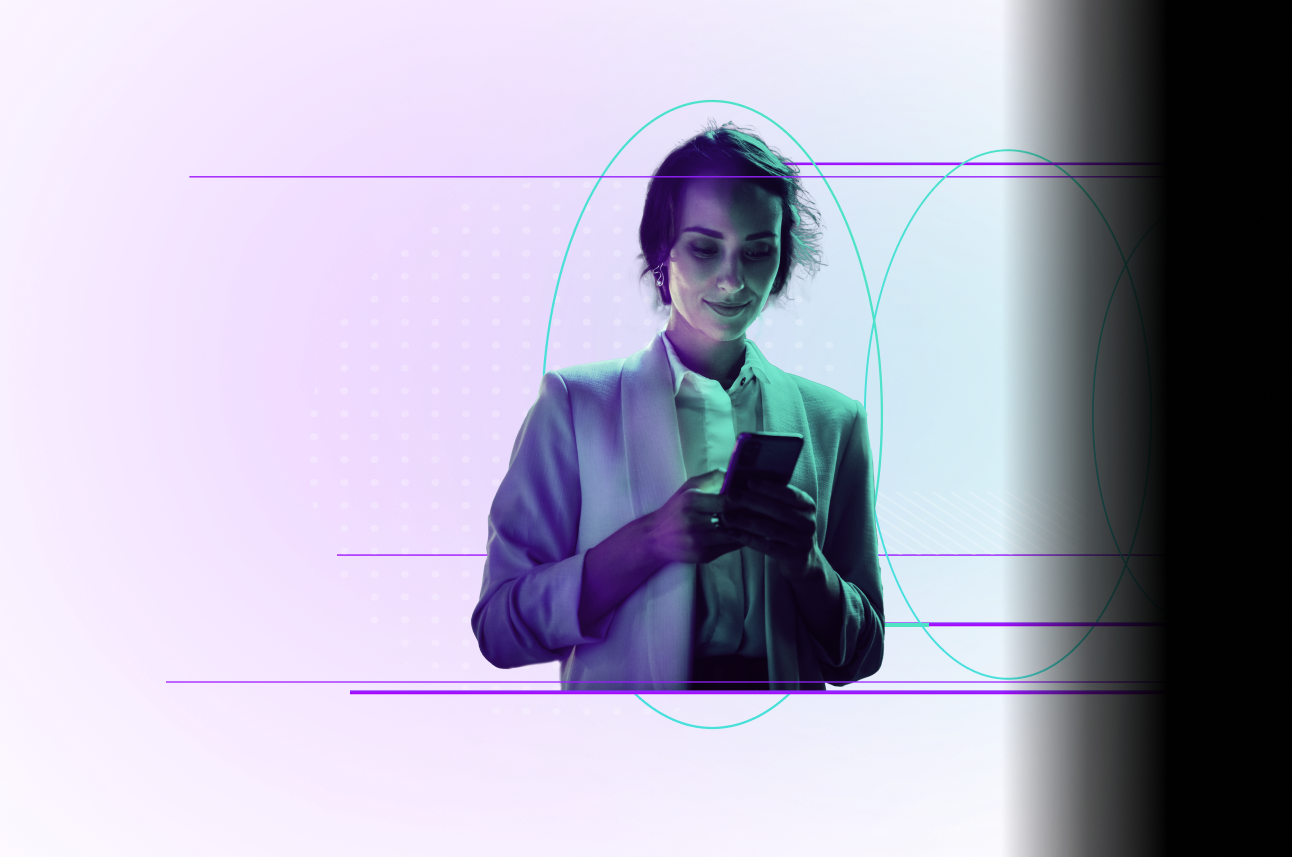
The Layers of Business Transformation
in the StoryvestingTM Framework

Customer Experience for the Modern Consumer
We’re no longer living in a commodity based world. Today, it’s all about the experience economy. In order for organizations to stay relevant and competitive, there must be continual innovation on the customer’s experience. In maintaining a laser focus on the context in which consumers relate to the world, organizations can turn buyers into brand ambassadors, moving their customers deeper into the bow tie funnel.
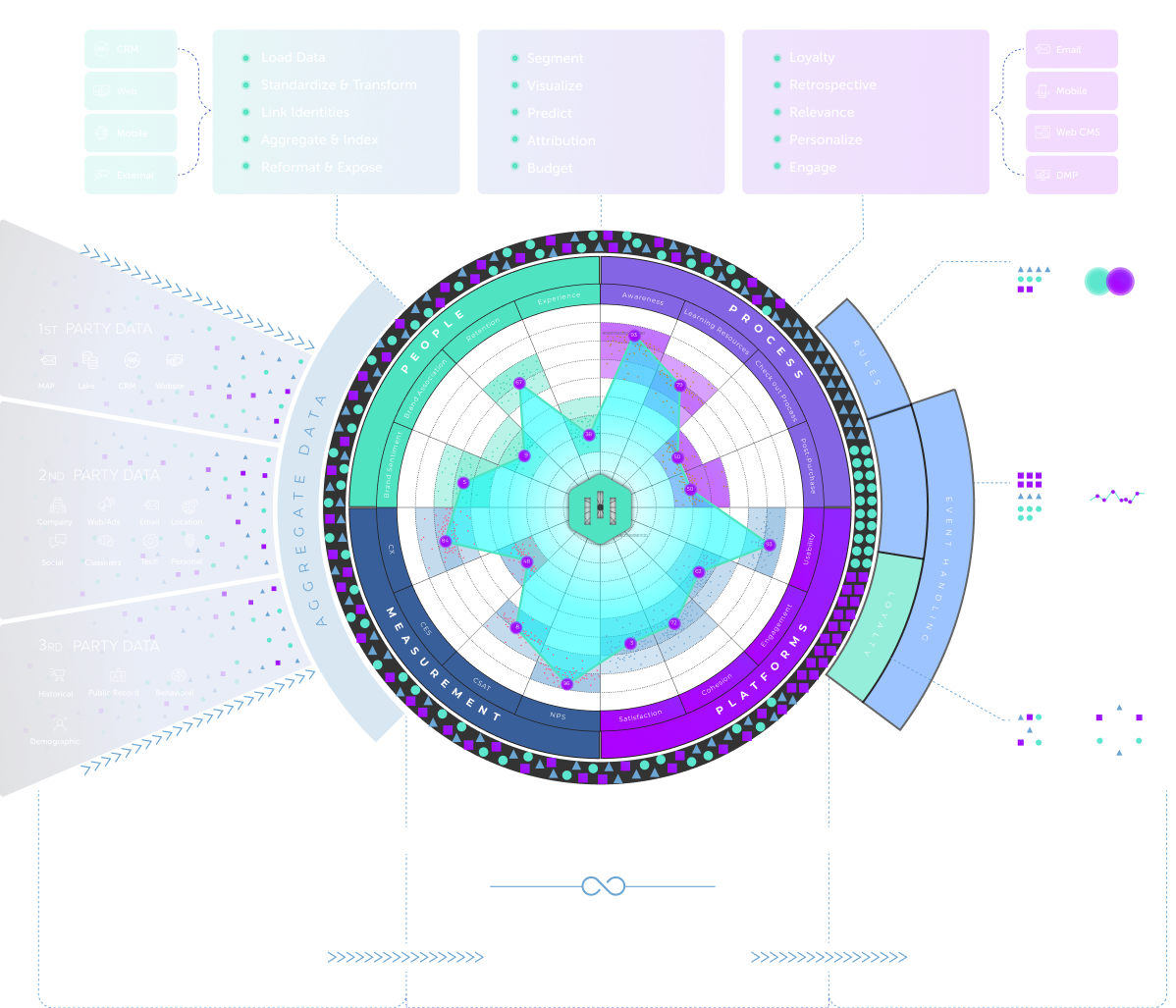
Customer Experience Has Evolved
The shift to a digital, globalized marketplace has revolutionized the way consumers interact with organizations today. Customers have never been more empowered to make purchase decisions. That shift in power from retailers to consumers has created a distinct need for businesses to answer the call of the customer through a wide scope of elements including social media, eCommerce, CRO, UX/UI, Big Data, and many, many other transformational initiatives. Organizations that fail to grasp this fundamental change face detrimental consequences to the brand.
Customer Experience Initiatives Have Changed With the New Customer Journey Funnel
If there’s one thing digital transformation cannot change, it’s this — the need for businesses to woo customers at every single touchpoint in their journey. Understanding the modern customer journey funnel empowers organizations to deliver sublime experiences at every stage of the buyer’s journey. Rather than looking at this funnel through the perspective of the organization, businesses must start looking at it through the buyer’s point of view. In doing so, the organization can shed antiquated thought patterns and serve their buyers throughout the entirety of the customer experience.
A Customer Experience Framework
A customer experience is triggered across the two main parts of the brain — the limbic system, where emotional responses are felt, and the neocortex, where logical solutions are found. By understanding how the customer feels and thinks throughout the path-to-purchase and path-to-loyalty, you’re better able to deliver an experience that increases the LTV of the buyer.
The Customer Experience (CX) part of the StoryVesting framework honors this natural and predictable movement by a customer when working with an organization. Here’s how it ebbs and flows together:

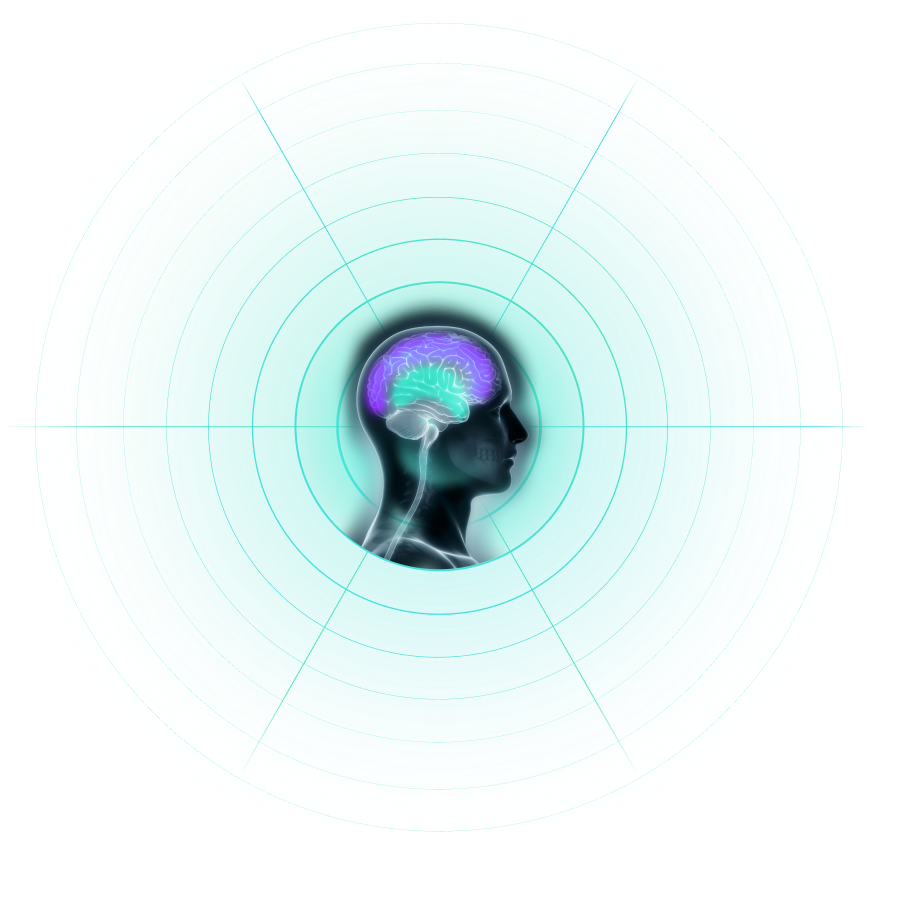
The New Customer Experience Rules are Challenging Organizations to Up Their Game
Modern consumers don’t go easy on brands. The heightened expectation for sublime experiences from organizations of all sizes and at every interaction means businesses must up their game in order to stay competitive in today’s modern ecosystem.
Leading brands are changing the competitive landscape through the customer experience by setting new standards, and leveraging sophisticated customer insights and analytics. By leveraging predictive technologies to deliver more personalized recommendations, large organizations can automate the personalization of the digital and in-person experience. As a result, these leaders are able to successfully build anticipatory services instead of reactive ones, smoothing and refining the end user’s experience with the brand.
Meeting the customer at just the right time with just the right deliverable only happens through sophisticated strategy and intelligent operations. Cultivating meaningful relationships and insights across the path-to-purchase and path-to-loyalty expands the modern customer journey and offers new opportunities for organizations to strengthen their place in the market.
Customer Experience Initiatives to Keep Your Organization Relevant
Layered Intelligent Operations
Forethought and analytical rigor are required in order for organizations to deliver best-in-class customer experiences. Layering intelligent operations to combine systems and optimize front and back end operations empowers organizations to develop these experiences faster without the sole burden falling on the data department.

V-Shaped Teams
As the skill gap widens, organizations must hire V-shaped teams and train their current workforce to operate beyond the traditional scope. By building a pool of talent that will equip an organization to operate more intelligently, organizations can better capture customer attention and catalyze innovation to deliver better experiences.
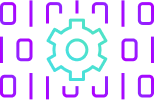
Digital Transformation
Modern consumers have shifted their purchase behavior. Organizations must transform swiftly and consistently alongside these new patterns in order to continuously deliver a magnetic customer experience. By understanding how to leverage technology, meet consumer desires and create smoother processes, businesses are able to transform alongside today’s buyer.

Path-to-Purchase Refinement
Automating the customer experience is crucial towards gleaning the critical insights needed to maintain a competitive advantage. Leveraging machine learning and artificial intelligence will empower and equip organizations to increase customer LTV by reducing attrition through creating a more desirable customer experience.
Customer Experience (CX) Terms
- 360° Degree View of the Customer
- AI Ops
- Barlow Bands
- Behavioral Triggers
- Bow Tie Funnel
- Brick-to-Click
- Business Impact Analysis (BIA)
- Cognitive Computing
- Cohort Analytics
- Content Mapping
- Conversational User Guidance
- Customer Data Profile
- Customer Experience (CX)
- Customer Friction
- Customer Insights Map
- Customer Journey
- Customer Journey Mapping
- Customer Satisfaction (CSAT)
- Customized Ratios
- CX Intelligence
- CX Led Growth
- CX Metrics
- Data as a Product (DaaP)
- Data as a Service (DaaS)
- Data Culture
- Data Driven
- Data Engineering
- Data Fabric
- Data Governance
- Data Humanization
- Data Hygiene
- Data Looping
- Data Mapping
- Data Mining
- Data Modeling
- Data Monetization
- Data Swamp
- Data Visualization
- Data Warehouse
- Data-Centric
- Descriptive Analytics
- Diagnostic Analytics
- Digital Asset Management (DAM)
- Digital Transformation
- Dirty Data In Dirty Data Out
- Embedded Intelligence
- Empathy Mapping
- Employee Data Profile
- Employee Experience (EX)
- EX to CX Data Mapping
- EX to CX Mapping
- Experience Management (XM)
- Gap Analysis
- Generative AI
- Human-Centered Design (HCD)
- Journey Analytics
- Machine Learning (ML)
- Managed Agile Services on Demand
- Modified Hoshin
- North Star Metric
- Party Data
- Pathway to Purchase
- Predictive Analytics
- Product-Market Fit Mapping
- Real Time Design Looping
- Revenue Acceleration
- RevOps
- S Curve of Growth
- Stack Impact Analysis
- StoryVesting
- Table Stakes Testing
- The 3 P’s
- User Experience (UX)
- User Insights Map
- User Interface (UI)
- Voice of the Customer (VoC)
- Voice of the Employee (VoE)
- World Cloud Generator Sentiment Mining
- X Analytics


